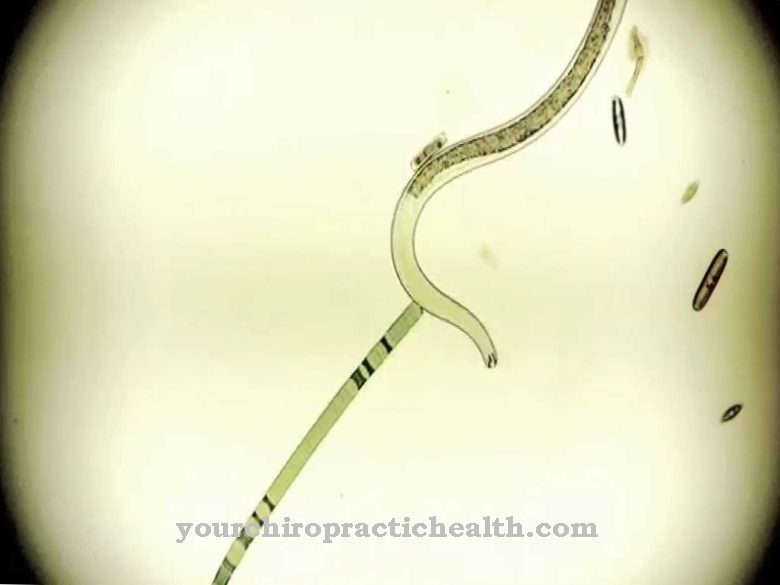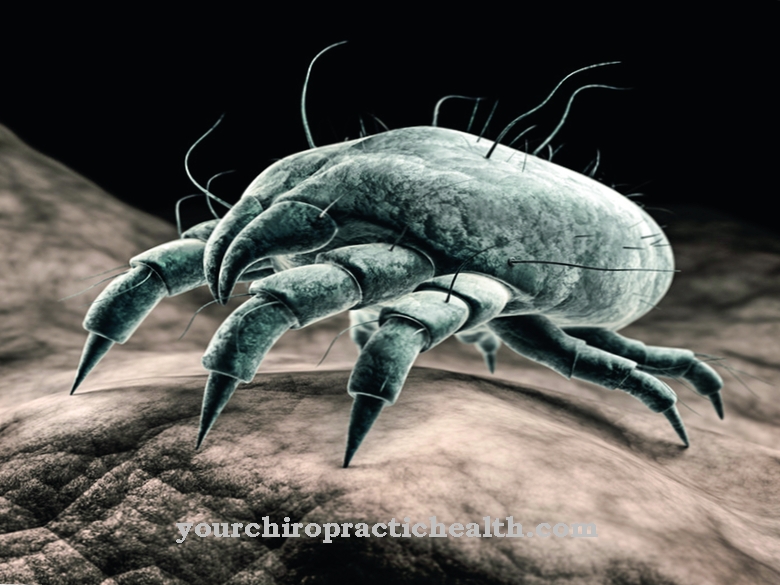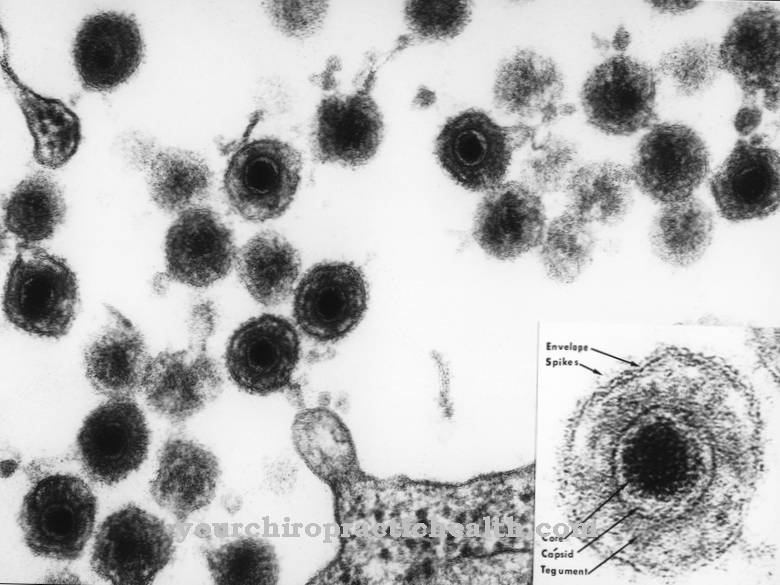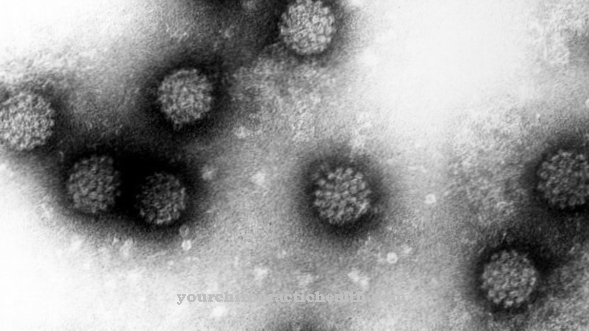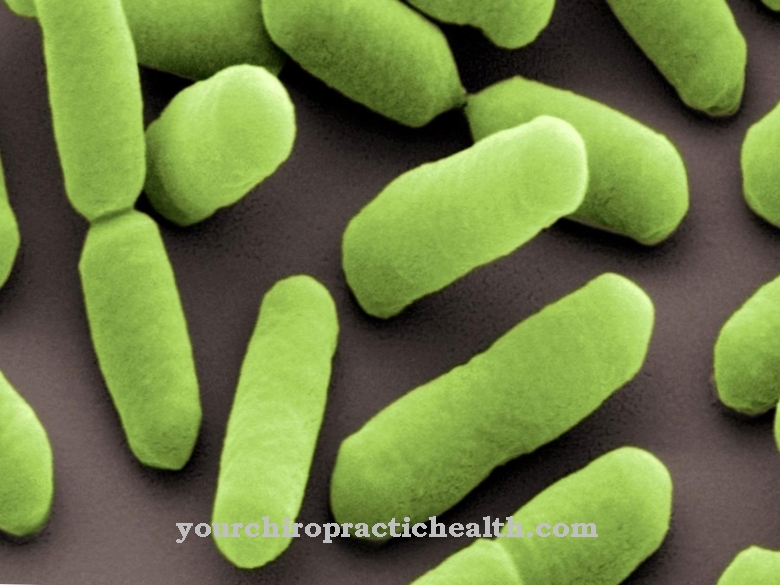Pasteurella are parasitic pathogens from the Brucella family. The bacteria preferentially attack farm animals, but can be transmitted to humans. The rod bacterium Pasteurella pestis is considered to be the causative agent of bubonic and pulmonary plague.
What are Pasteurella?
Parasites attack other living beings and feed on the host organisms or use them for reproduction purposes. Most parasites do not kill their host organisms because they depend on the host for survival. However, parasites can damage hosts, impair their organ functions, destroy cells or cause nutrient deficiencies. The parasitic pathogen Pasteurella is one of these parasites.
The pathogen belongs to the Brucella family. The genus encompasses various gram-negative rod-shaped bacteria that are found in particular in the urogenital tract of farm animals such as cattle, pigs and sheep. Only in rare cases are the parasites associated with serious dangers for humans. The Brucella Pasteurella are nevertheless classified as pathogenic to humans and are therefore associated with a disease value for humans.
Brucella infections must be reported throughout Germany. Infection can rarely cause brucellosis in humans. The best-known types of Pasteurella include Pasteurella multocida, pestis, pseudotuberculosis, tularensis, stomatis and canis.
Occurrence, Distribution & Properties
Pasteurella are rod-shaped bacteria and divide by splitting. They do not contain a nucleus and are not endowed with organelles. Most Pasteurella species are aerobic, meaning that they depend on oxygen to survive. The metabolism of aerobic pathogens requires oxygen molecules in order to generate the necessary metabolic products. The opposite of the aerobic metabolic pathway is the anaerobic metabolic pathway, in which the organism uses other forms of molecules to produce metabolic products. Some species of Pasteurella are facultatively anaerobic. This means that in an emergency they can do without oxygen.
The bacteria are asporogenic, so they do not form spores. The principle of zoonosis also applies to the type of bacteria. The pathogens can therefore be transmitted from animals to humans and from humans to animals. The rod-shaped bacteria preferentially attack farm animals such as cattle, sheep or pigs. The transmission usually takes place through contact.
In the case of transmission to humans, the transmission of bites should be emphasized. The bacteria enter the human body through the bite site. Pasteurella are therefore associated with a special form of zoonosis: the so-called zooanthroponosis. This type of zoonosis is used for animal diseases that can be transmitted to humans. The opposite is anthropozoonosis: a human disease that can be transmitted to animals.
Contact with Pasteurella can cause illness in humans. The detection of the bacteria is pathogenic in the human body, since the bacterium is not part of the normal bacterial population in the human organism. Normally, the human immune system fights the parasitic pathogen after contact, before it can multiply. This means that Pasteurella does not necessarily have to lead to the disease.
The rod-shaped parasites spread within an organism by migrating via the bloodstream to the individual organs and in this way colonize the entire body. Like all Brucella, the bacteria are not encapsulated. They are arranged singly or in pairs and are immobile.
The reactions to Pasteurella range from local skin reactions to more serious infections like brucellosis. Pasteurella pestis is a special case. This is the plague bacterium that survives for months in feces, sputum (cough slime) or pus and multiplies intracellularly and extracellularly in the body. This species of bacteria usually affects rodents. It is transmitted by parasites such as ticks or fleas, which ingest the bacteria when the rodents eat their blood. However, infections are also possible through direct contact with infected rodents.
Illnesses & ailments
Four different serotypes have been described for the parasitic pathogen Pasteurella. The infection causes species-specific symptoms. This means that the pathogen manifests itself in different ways in farm animals and humans. Pasteurella cause hemorrhagic septicemia in wildlife and domestic animals. It is a blood poisoning, which is equivalent to a systemic inflammatory reaction of the entire organism.
In humans, contact with Pasteurella usually only provokes local reactions that tend to occur at the bite sites. In most cases it is a skin reaction such as redness and swelling. In Pasteurella pestis, infection can lead to bubonic plague or pulmonary plague. The bubonic plague begins with uncharacteristic symptoms such as nausea, fever, diarrhea, dizziness and headache. The lymph nodes swell and cause plague bumps. If left untreated, sepsis occurs after a certain period of time, which in most cases is fatal. The pulmonary plague, in turn, often results from the bubonic plague and is highly infectious with a particular risk of spreading in damp, cold air. The mortality from pneumonic plague is significantly higher than from bubonic plague. Today, however, the plague can be treated very well if diagnosed early.
Pasteurella brucellosis is also a serious disease. Typical symptoms of such an infection are tiredness or fatigue, weight loss, more or less heavy night sweats, joint pain and muscle pain, and difficulty concentrating. These symptoms can later be associated with nosebleeds, petechial hemorrhages, unproductive coughing or constipation. Abdominal pain, hepatosplenomegaly, or lymphadenitis can also be symptomatic.
Antibiotics play a major role in the treatment of all the diseases mentioned.

